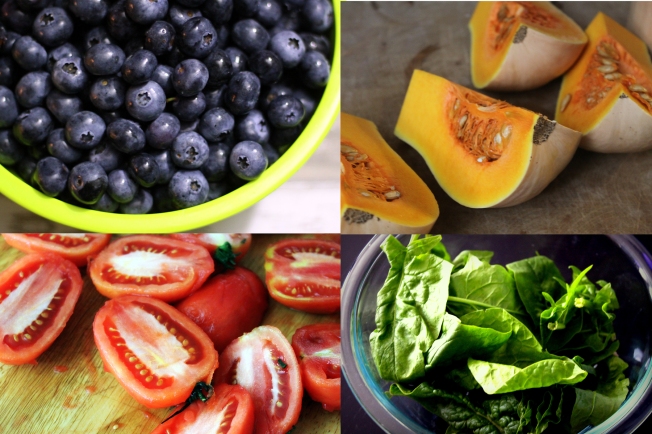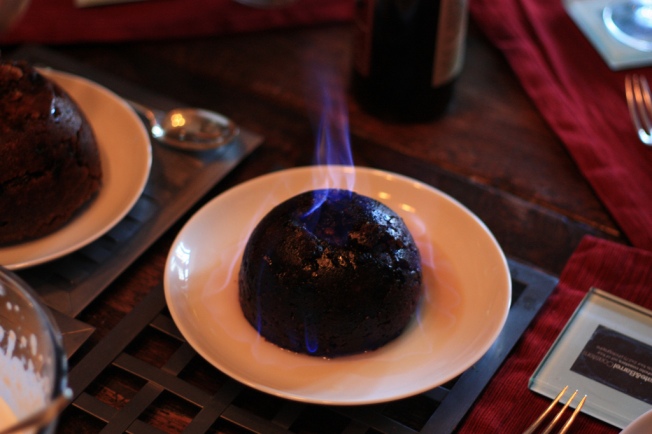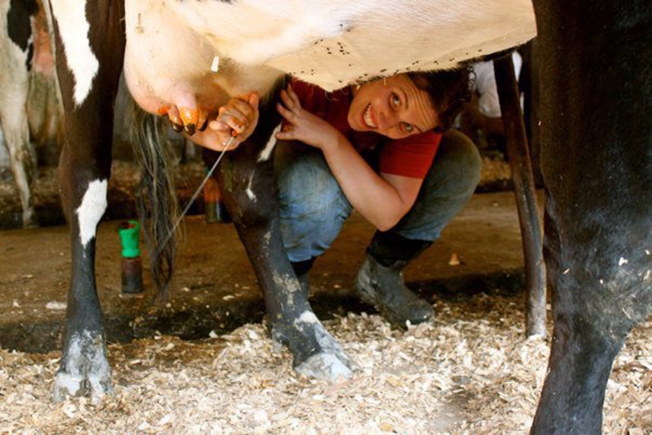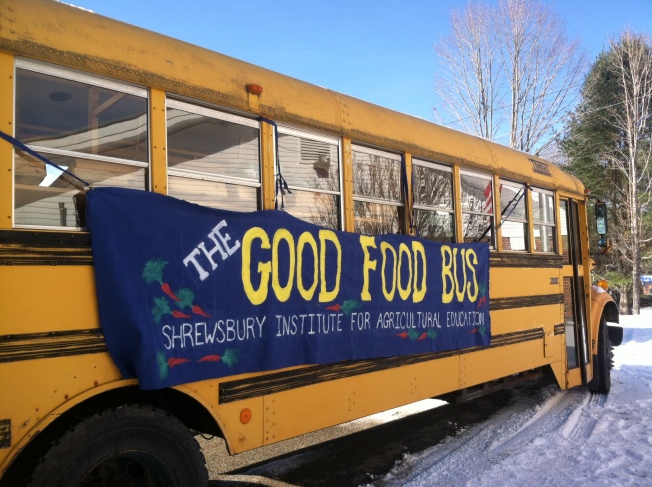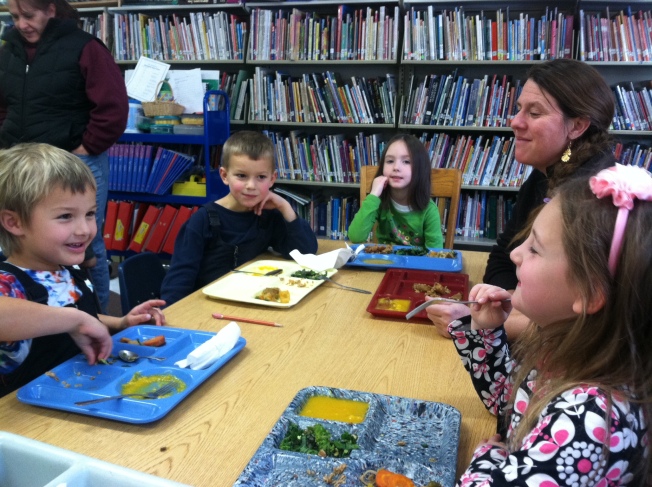By Steve Peters
With the New Year almost upon us many are contemplating resolutions to improve their health. Unfortunately, overindulging during the holidays often leads to setting unattainable goals for the following months. I often hear people talk about cutting out carbohydrates, meat, dairy, or sugar from their diets. While these are admirable goals, drastically altering one’s diet all at once can be difficult to implement and then follow through on for most people.
Rather than setting such limitations on myself, I like to think about what I can add to my diet instead.
We know we need to eat more fruits and vegetables. As Americans we’re continuously told we’re not getting enough. And in fact, half of the population is not. But simply saying we need to eat more of them isn’t really all that helpful. How much and of what kinds, for starters?
Knowing the recommended amounts is a good start – and using the rule of filling half your plate with fruits and vegetables at each meal is helpful. Yet there is actually no set recommendation for everyone to follow. The intake guidelines vary depending on age, sex, and activity level.
Choosemyplate.gov is the USDA’s resource for learning how to eat a balanced diet. While not everyone agrees with their suggestions, if nothing else, I believe it’s an achievable place to start.
Knowing my recommended fruit and vegetable guidelines is helpful, but the information only goes so far. Personally, the guidelines suggest I eat 5 – 5 ½ cups of fruits and vegetables a day. OK, but of which ones exactly? What if broccoli and oranges were the only two I ever ate? While I’d get plenty of Vitamin C and Vitamin K, I’d be missing out on several other important nutrients. It’s that kind of degree of information that I think is lacking for many people.
Throughout 2013 I took a particular approach to RAFFL’s Everyday Chef cooking education program to address that particular need. The theme was on color. Each month of the year – through October, at least – the foods and recipes I focused on at our events and on the blog were based on a different color of produce. And it wasn’t because I was looking for an artistic approach to presenting local food.
Each color of the fruits and vegetables we eat has its own set of unique benefits. These are based on a set of antioxidants – the substances that often cause damage and deterioration in the body that then lead to chronic diseases and illnesses – known as phytochemicals. It sounds a little complicated, so let me break it down for you.
Think of an apple. You know how when you cut it and let it sit out it starts to turn brown? This is because of oxidation. Oxidation starts to break down the apple and its nutrients. A similar process happens in the human body as we age. But when we consume enough varying antioxidants, this oxidation process is slowed down and our risk of developing disease is reduced.
Phytochemicals are the antioxidants that determine the color, taste and scent of fruits and vegetables. It’s why produce of the same color often contains many of the same nutrients. Eating a variety of these colors ensures that we receive a well rounded mix of antioxidants, vitamins and nutrients.
Beta-Carotene is the phytochemical found in orange and dark leafy greens such as pumpkins, sweet potatoes, carrots, winter squash, spinach, kale, and broccoli. Eat these foods for benefits to the immune system, vision, skin and bone health.
Lycopene is a common phytochemical associated with tomatoes, but you’ll also find it in watermelon, and red peppers. Lycopene helps reduce the risk of cancer and improve heart health.
Lutein is a phytochemical vital to eyes, though it too also helps fight cancer and maintain heart health. You’ll find it in most green vegetables but collards, kale, sprouts, lettuce and artichokes are a good bet.
Resveratrol is another commonly known phytochemical attributed to red and purple foods, such as grapes and yes, red wine. In addition to cancer prevention and heart health, resveratrol aids in lung health and reducing inflammation.
These are just a few of the many beneficial phytochemicals found in the array of fruits and vegetables grown on our region’s farms. Incorporating a greater mix of colored produce into your diet is an attainable resolution this coming new year.
To learn more about colorful, locally grown foods and recipes and tips on how to use them, visit the Everyday Chef blog at everydaychef.org
Steve Peters manages the communications, marketing, and food education of the Rutland Area Farm and Food Link. You can reach him at steve@rutlandfarmandfood.org.
